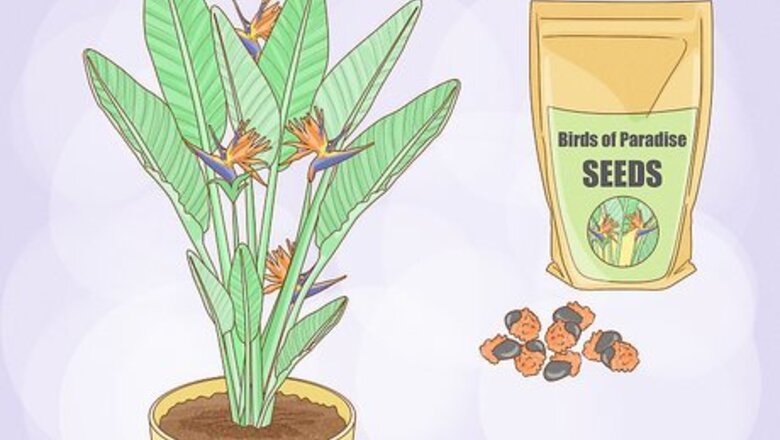
views
Planting Bird of Paradise
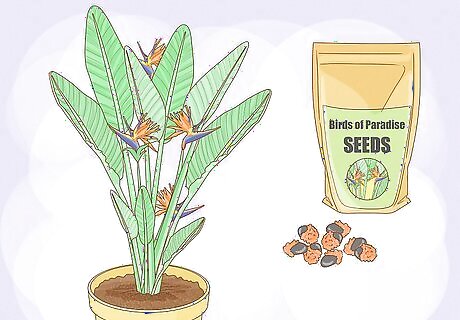
Purchase bird of paradise seeds or an adult plant. Bird of paradise seeds take up to a year to germinate, and young plants may not flower for seven years. It's much easier to buy a bird of paradise plant or cutting rather than to start the plant from seed, but if you have patience it can be done. Look for bird of paradise seeds or plants in your local garden nursery. If you live in an area where the climate is conducive to growing bird of paradise outside, you may be able to find seeds and cuttings in more than one variety. If you live in a place with cold winters, where bird of paradise won't survive outside, you're more likely to find a mature bird of paradise that has already been potted as a houseplant. If you prefer to plant seeds, get fresh seeds, soak them in water for three days (changing the water daily), and plant them while they're still fresh.
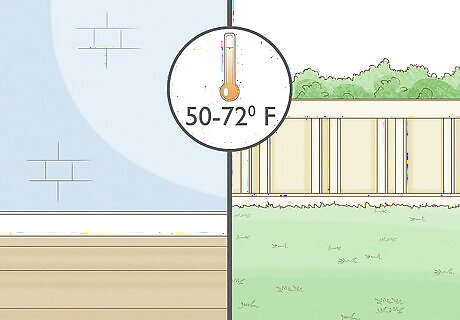
Decide whether to grow it inside or outside. Bird of paradise requires a steady temperature between 50-72 degrees Fahrenheit (10-20 degrees Celsius). If the temperature dips below freezing or gets very hot where you live, bird of paradise will die if planted in the garden. Luckily, it grows very well in a pot indoors, so you can enjoy bird of paradise no matter where you live.
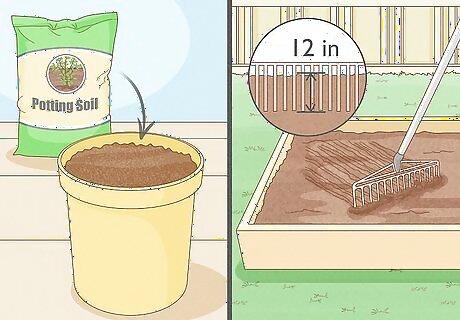
Prepare your planting bed or a large pot. Bird of paradise grows best in rich, moist soil that has been amended with plenty of compost so that it drains well. Good drainage is key to the health of bird of paradise. The plant will die if its roots stay wet and waterlogged. If you're planting bird of paradise outdoors, till the soil in your planting bed to a depth of 12 inches (30.5 cm). Work in 4 inches (10.2 cm) of rich compost or other organic material in order to enrich the soil and promote good drainage. If you're planting bird of paradise in a pot, fill up a large clay pot (equipped with drainage holes) with rich, loamy potting soil. You can mix in a tablespoon of bone meal to make the soil even richer.
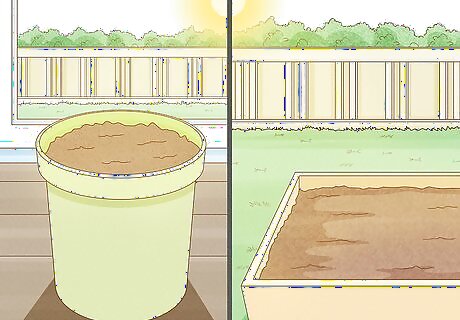
Make sure it has adequate sunlight. Bird of paradise requires full sun, so look for a spot that gets at least five hours of sunlight per day. It can survive in partial shade, but it flourishes in sun. If you're growing bird of paradise inside, it's important to keep it in the brightest room in your house. When the temperature outside is right, you also have the choice to place the plant in a sunny spot outdoors; just make sure to bring it in when the air gets too hot or cold.
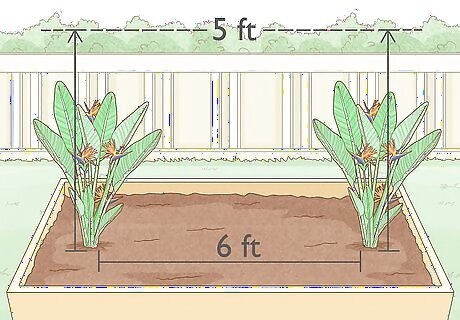
Leave room for the plant to grow. Depending on the variety you have and the level of care you give it, bird of paradise can grow to be 5 ft (1.5 m ) tall. It's a large plant that takes up quite a bit of space, so space your plants about 6 ft (1.8 m) apart if you’re planting outdoors.
Caring for Bird of Paradise
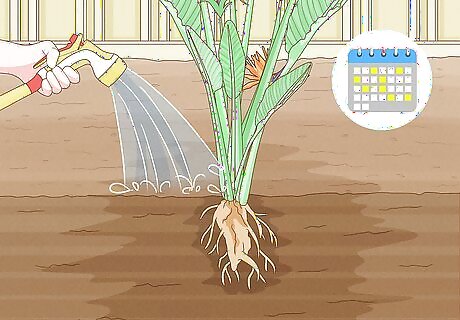
Keep the soil evenly moist. Inadequate watering is the most common cause of death for bird of paradise. It's very important to keep the soil evenly moist, but not drenched. Water the plant deeply one or two times a week, giving the soil time to dry out a little in between waterings. Aim to water the plant about an inch of water per week. From November through February, water just once a week. The soil should be kept a little drier in the fall and winter months. You can also mist the plant in order to keep the humidity up. If you're watering a bird of paradise in a container, water until it begins to come through the bottom of the pot. Be sure place a drainage dish under the container and discard excess water.
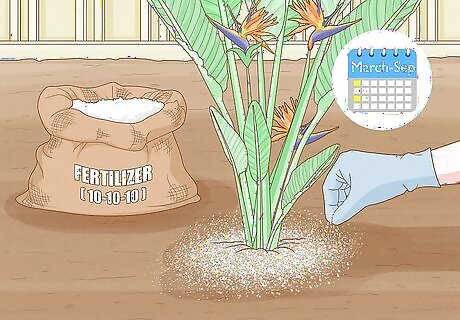
Fertilize the plant every two weeks during the growing season. This helps keep bird of paradise healthy and happy during the spring and summer. Use a 10-10-10 fertilizer around the base of the plant every two weeks from March through September.
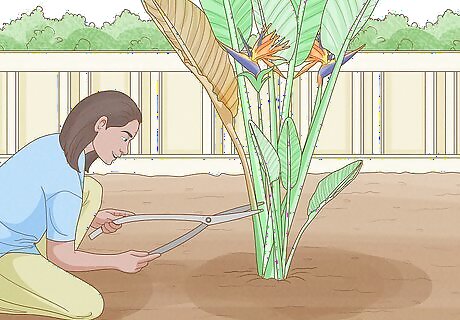
Trim old flower stalks. The bird of paradise doesn’t require much pruning. You need only cut off old flower stalks at the base of the plant to keep your bird of paradise healthy. Do this in the springtime for best results.
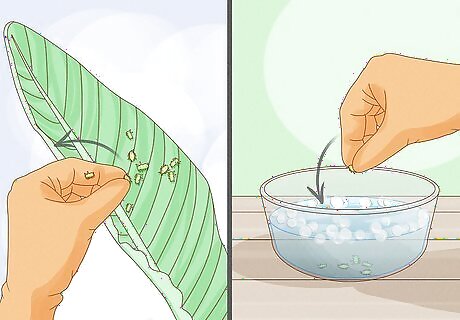
Watch for aphids and other pests. If you're growing bird of paradise outside, make sure aphids and other pests don't cause damage. If you see aphids on the stalk or leaves of your bird of paradise, pick them off and put them in a pail of soapy water. You can also rinse them off with a strong burst from the hose, and repeat as necessary. Using pesticides on the plant may harm it, so it's better to take care of pests by physically removing them or rinsing them off.
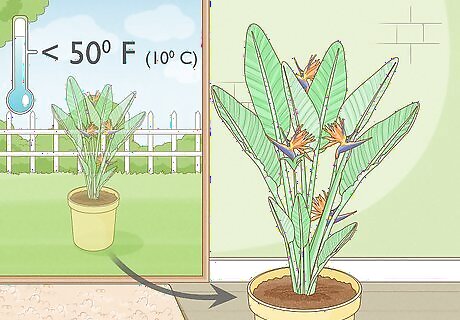
Bring potted bird of paradise inside for the winter. If you live in a place where the temperature drops below 50 degrees Fahrenheit (10 degrees Celsius) in the winter, you'll need to bring your potted plant inside. Make sure to do so before the first frost of the season, or your bird of paradise may suffer.
Dividing Bird of Paradise Plants
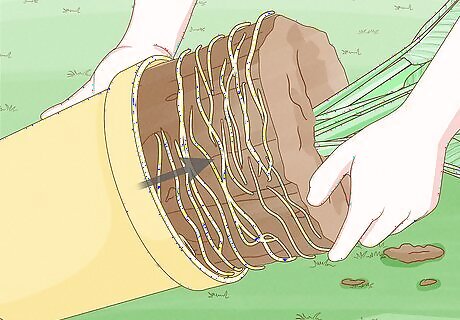
Remove the plant from the pot. A mature bird of paradise plant can be divided into two or even three parts, so you'll have a few extra plants to keep or give to your friends. Carefully remove the plant from the pot, making sure not to damage the roots. You may need to use a spatula or another tool to help you remove the root ball.
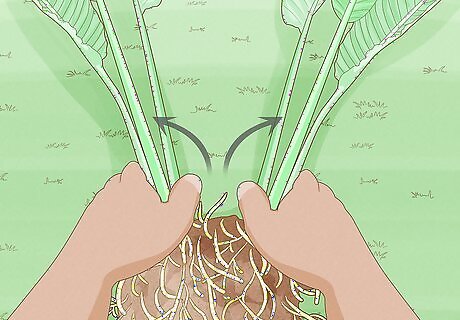
Carefully separate the plant where it naturally divides. You'll see smaller shoots coming off of the main stem or trunk. Follow them down to the attached roots and carefully untangle the roots so you can separate the plant into two or three parts. A bit of root damage will be inevitable, but try to cause as little as possible. You may need to use a knife to help you complete the separation. Cut off roots that get bent or damaged once the plants are separate. A clean cut is better than a tear.
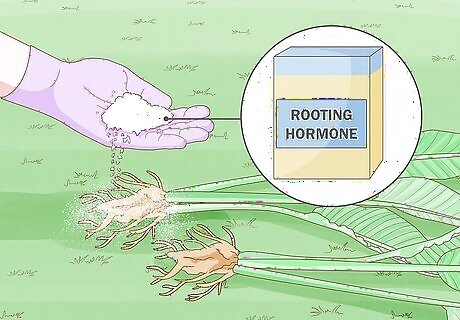
Dust the roots with a rooting hormone. This step is not completely necessary, but it can help to increase the chance that the new cuttings will survive and grow into healthy plants. You can find rooting hormone at any garden center. Follow the directions on the product's package to lightly dust the ends of the roots with rooting hormone.
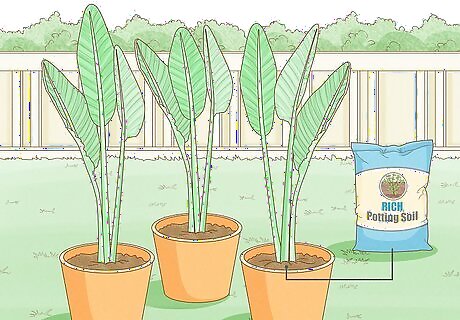
Re-pot the sections in rich potting soil. Remember to choose a rich, well-draining potting soil, and fill each pot to within a few inches of the rim. Plant each cutting in the center of a separate pot.
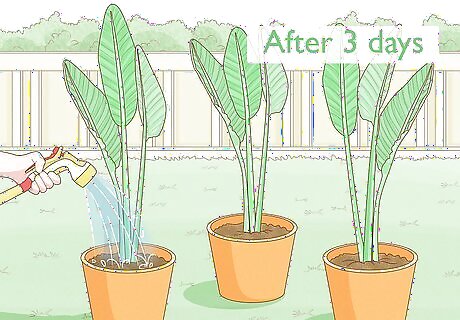
Wait two to three days before watering. This gives the cut roots time to form a light protective seal, which will keep them from getting waterlogged when you water. After two or three days, care for the plants as instructed above.




















Comments
0 comment